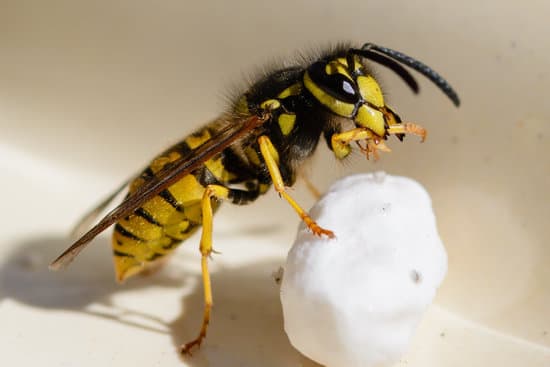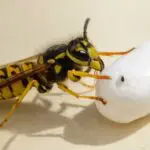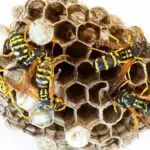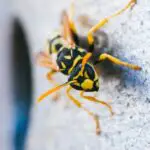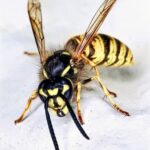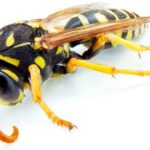How Do Wasps Breathe?
Various insect species breathe out different amounts of carbon dioxide. In wasps, the CO2 released per respiration cycle is lower than that of honeybees. However, wasps are able to survive in temperatures between 2.9 and 42.4 degC.
Wasps breathe through their spiracles, which are small holes on the sides of their body. They are able to open and close these spiracles, as well as regulate their respiration. They also have thoracic air sacs. They can also survive up to two days without oxygen.
Wasps also exhibit typical discontinuous gas exchange patterns. The open phases of respiration are defined as a series of amplitude-diminishing peaks at Tas between 6 and 16 degC. The flutter phases, which occur in the first half of a respiration cycle, are the result of ventilation movements.
The abdominal ventilation movements are typically accompanied by wing and leg movements. The frequency of these movements depends on the ambient temperature.
Wasps showed typical discontinuous gas exchange patterns at high temperatures. They responded to a rise in gas exchange with an exponential increase in respiration frequency. However, they did not respond with a rise in CO2 production per respiration cycle.
The study also showed that wasps showed cyclic CO2 emission at high temperatures. The study was published in the Journal of Experimental Biology on May 4, 2017. During this study, the researcher blew a small amount of carbon dioxide through a pipette. He also monitored the movements of wasps. The data were calculated by integrating 5 minute intervals and calculating the mean CO2 production rate.
